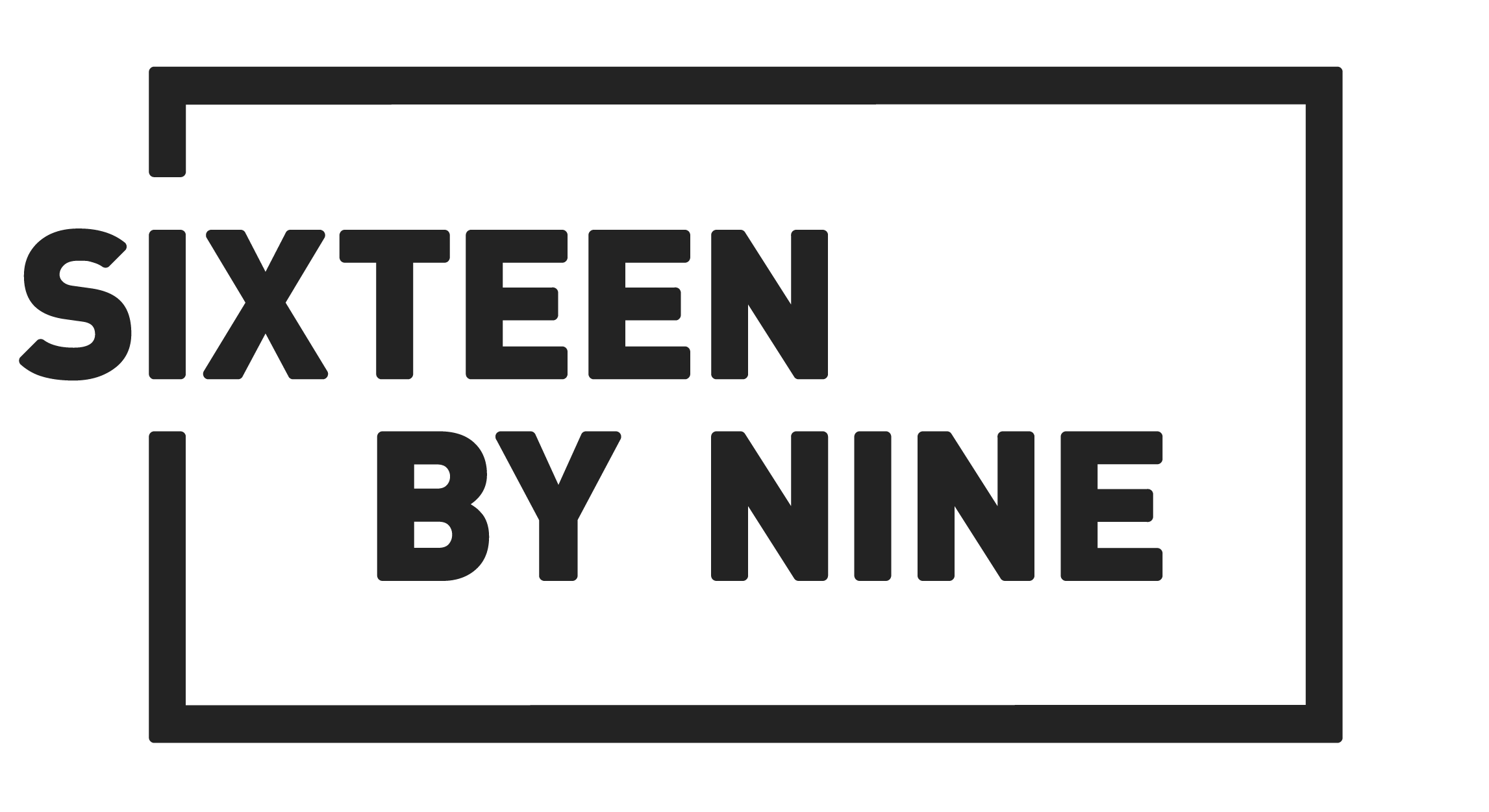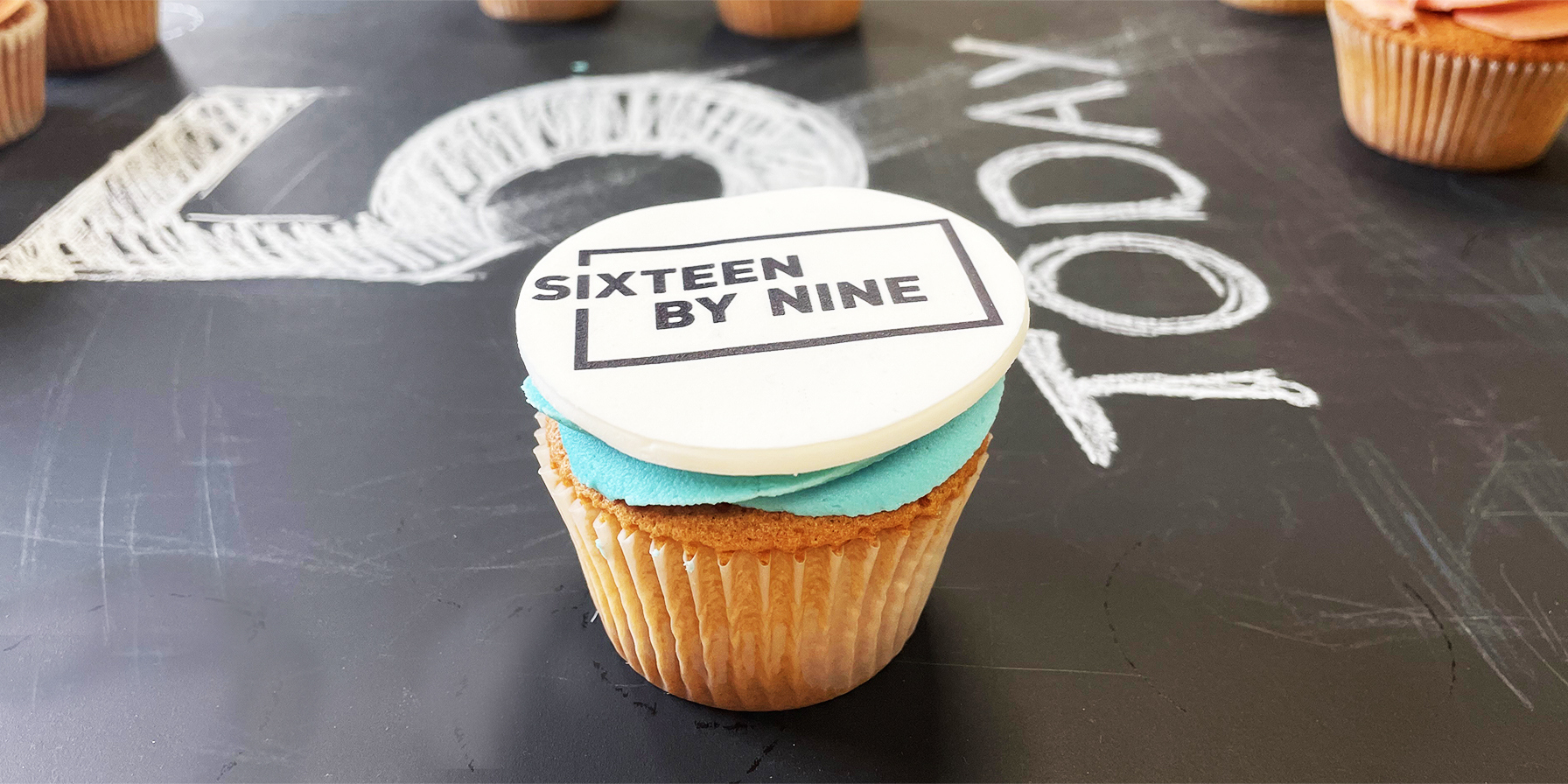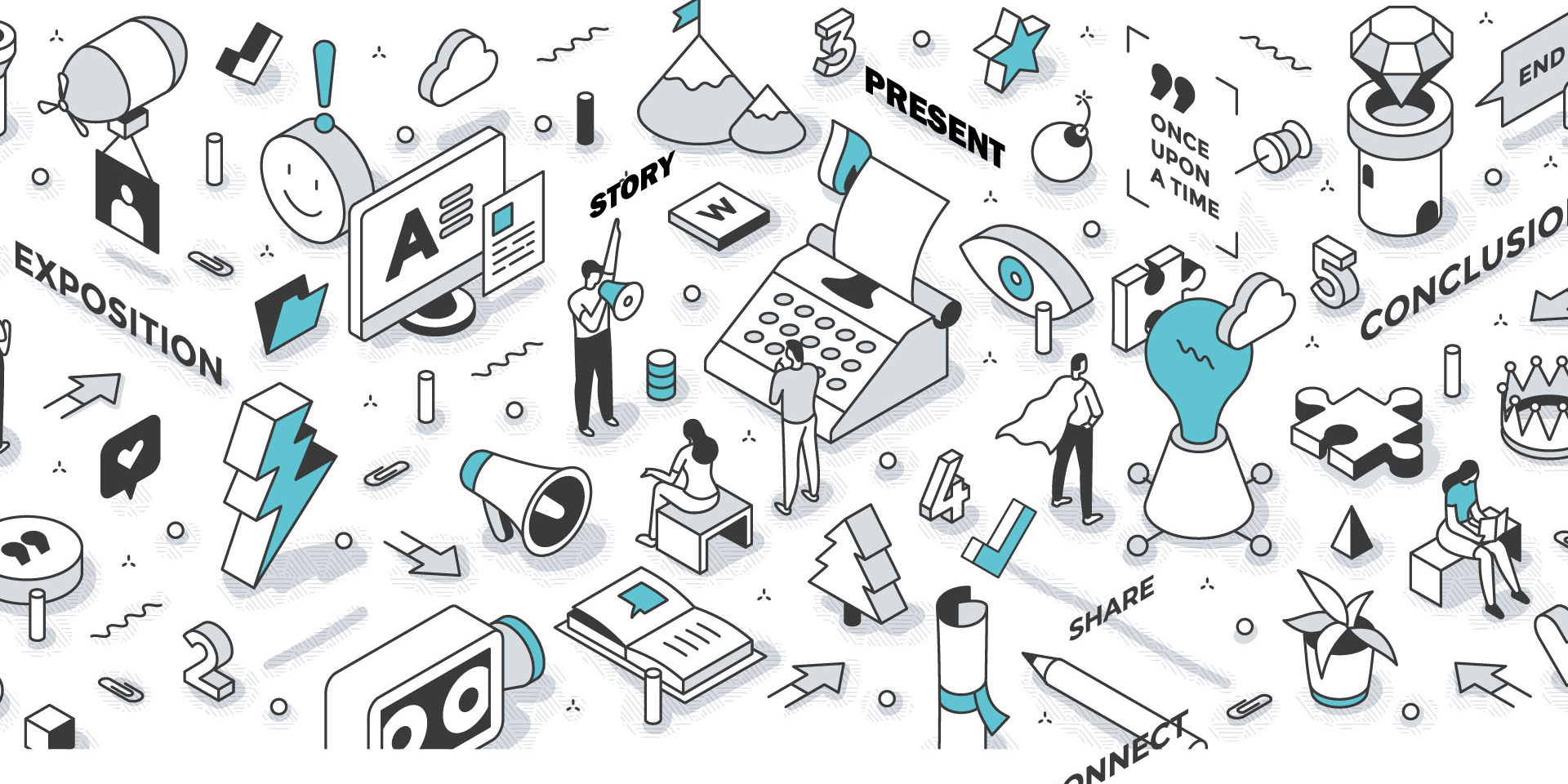The power of storytelling and creative communication.
Storytelling is a form of creative communication. Storytelling enables information to be conveyed in engaging, memorable ways. It is used to entice and persuade audiences.
If I simply said, “I watched a film yesterday about a below-average boxer who suffers from low self-esteem and who loses his boxing match to a far superior fighter”, you would be forgiven for not bothering to watch ‘Rocky’ – Academy Award Winner for Best picture and Best Director and one of the highest grossing film franchises of all time.
Or how about if I tried to pitch the idea for a television series about a chess player. Who, after several attempts, eventually wins a lengthy encounter against the more experienced player. Would ‘The Queen’s Gambit’ have been made?
Would Julia Donaldson’s ‘The Gruffalo’ have been as well loved without images? And would Roald Dahl’s characters be as iconic without Quentin Blake?
“In order to win a man to your cause, you must first reach his heart, the great high road to his reason.”
— Abraham Lincoln
Communicating with your audience.
My point is, that a compelling story needs to be told in a way that resonates and inspires its audience. And by adding engaging, relatable visuals, it creates a very powerful combination indeed.
This truth is extended to the business world. People love stories. Since the dawn of humanity stories have excited, warned, taught and informed. A story takes your audience on a journey. It gives structure to your message. Business strategies and marketing plans presented on PowerPoint slides may not, on the face of it, appear too thrilling, but there is always a narrative that the right audience can relate to and buy into.
Engage your audience.
When crafting your own story (presentation) try to put yourself in the audience’s shoes. This will help you to consider what content is important versus what is technical detail that is not necessary. Use examples and illustrations to simplify your message. This really helps to make a story relatable and memorable. Always consider the ‘so what’. Your audience will always be wondering about the ‘so what’. Telling people how great something is, is all well and good, but ’so what’. People want to know what is in it for them, so definitely bear this in mind. Always explain how your product, idea or strategy will benefit your audience. You need your audience to buy in so be sure to give them clear reasons and motivations to want to be on board.
Keep your audience wanting more.
They say that a picture paints a thousand words… well, that’s because it’s true. The first 50 seconds are crucial in capturing an audience or losing their attention. So you need to ensure the information you are are sharing grabs and keeps their interest. Think about the way that cavemen and cavewomen painted on walls. Their striking visuals were simple and crude but my word did they get the message across. Therefore use imagery to re-enforce and support your narrative. Your audience will remember a poignant image long after the detail of your words have been forgotten. Don’t forget the power of storytelling and creative communications.
The happy ever after.
Finally, every great story has an even greater ending. Conclude yours by presenting your vision of what the world could look like if your audience action the ideas presented in your story. So, if we all do x, we will create y together. This is your big finale, your crescendo. Challenge your audience and inspire them to action by showing them your vison of the future.
Your story matters, so be sure to present it in a way that excites and is understood.
"Of all of our inventions for mass communication, pictures still speak the most universally understood language."
— Walt Disney




